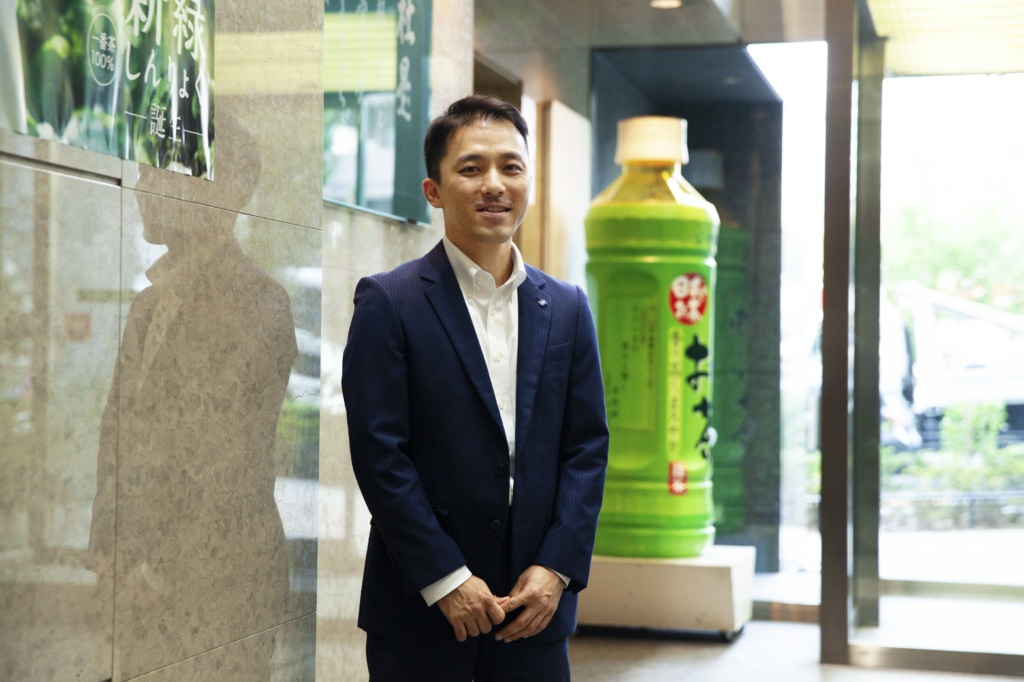How Japanese Green Tea is Replacing Soda in Silicon Valley

Mr. Kakuno, who was sent to San Francisco from Ito En to sell green tea, was at a loss. The market for unsweetened green tea was limited.
The original article “BE THE NEW STANDARD” is a part of the WORK MILL with Forbes JAPAN Issue 3 — The Age of Post-Innovation ©WORK MILL, published on October 2, 2018
Kenichi Kakuno, who was sent to San Francisco from Ito En to sell
green tea, was at a loss. He’d arrived in high spirits to find new sales outlets, but he’d been turned away at the door for days on end.
“Nobody felt the need to try and sell new drinks. All they had to do was stock and sell Coca-Cola, and everyone was content.”
ITO EN
A green tea maker founded in Shizuoka Prefecture in 1966. They introduced the world’s first canned green tea in 1985, and the first plastic bottle green tea in 1990. The group’s total revenue is 494.7 billion yen (as of April 2018).
The market for unsweetened green tea was limited in the US, and not many had heard of “Oi Ocha” green tea. Wholesalers didn’t have a reason to promote it, even if it was healthy.
Who would buy it? Kakuno shifted his target to IT firms in Silicon Valley. They had the money to buy higher-priced drinks. Plus, they tended to be health-oriented.
“Many IT firms offered free drinks at their cafeterias, and my intention was for them to stock ‘Oi Ocha’ as a choice.”
Nobody would listen to him at first. That was when Hitoshi Hokamura, the then chairman of Evernote Japan, gave him a piece of advice.
“Marketing is far advanced in Silicon Valley. The ‘pushing’ kind of sales would only have adverse effects. It’s a city of engineers, so it’s best to understand how they live.”
Kakuno attended engineering events nightly and passed out his green tea, explaining its merits.
“I associated it with the mindfulness trend and described how green tea helped clear the mind. I told them that green tea was the creative energy drink of the east.”
As he began to make friends with them, the engineers began to take an interest, giving Kakuno access to the persons in charge of the cafeterias. And The rest is history. “Oi Ocha” was introduced into the cafeterias of Facebook and Twitter. Some companies even installed dedicated refrigerators for the tea.
“Oi Ocha” didn’t end as just a trend, but now has a designated seat of its own.





